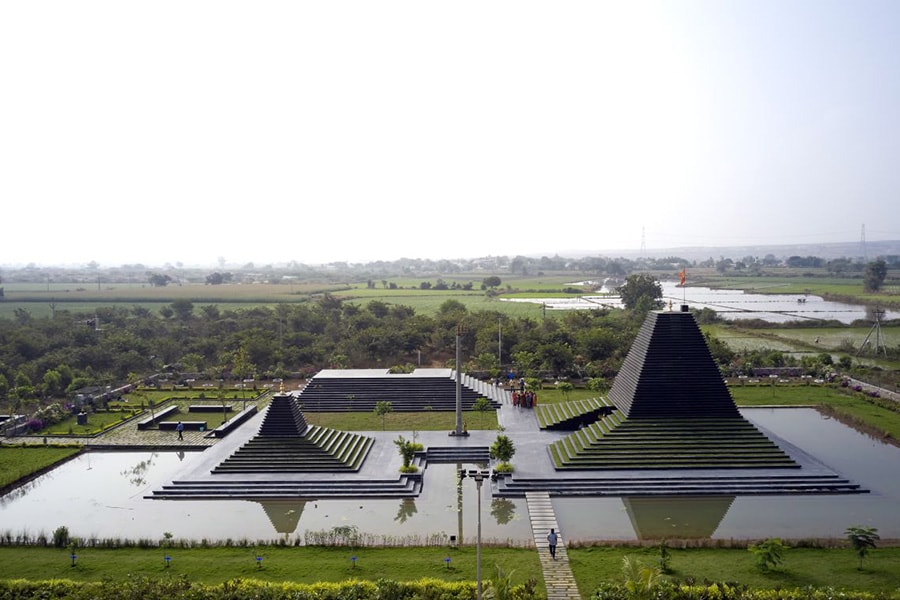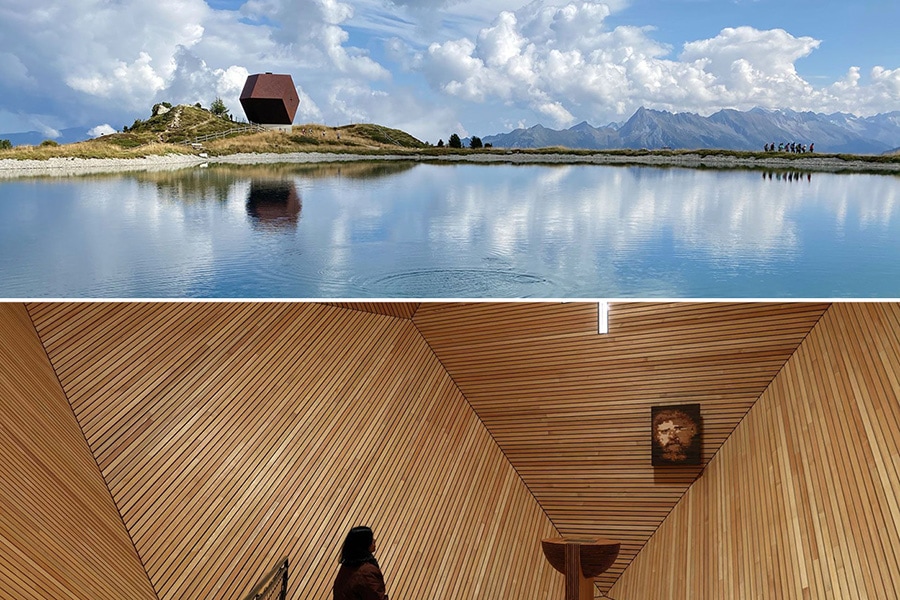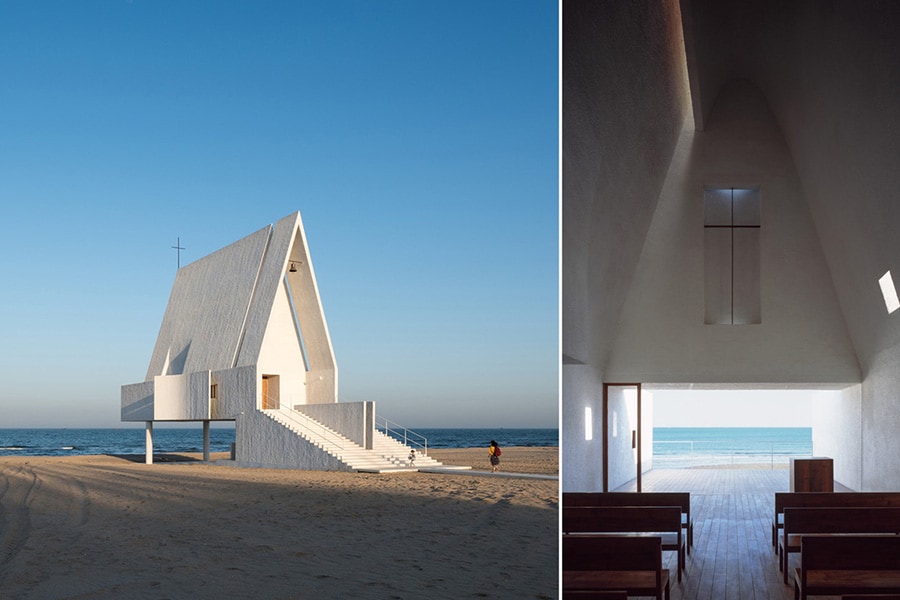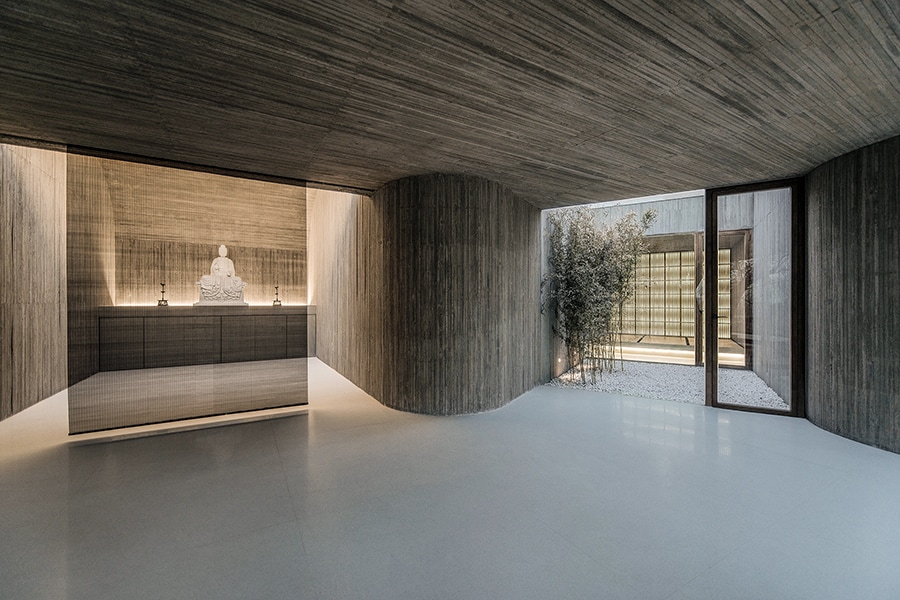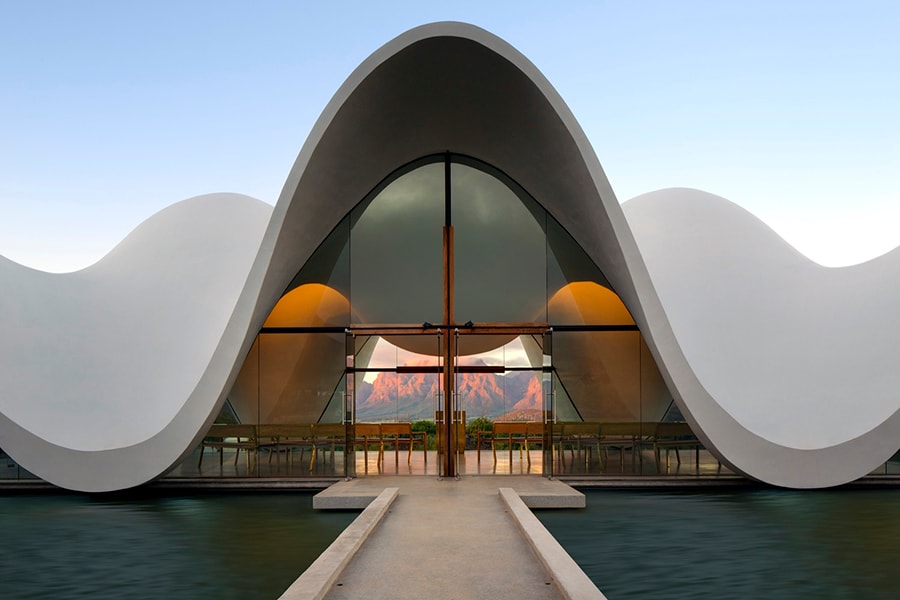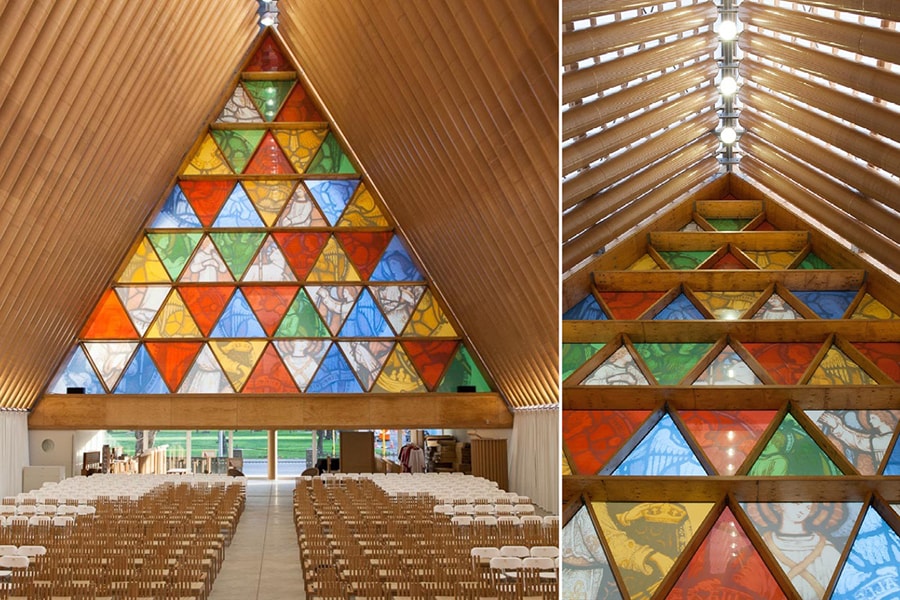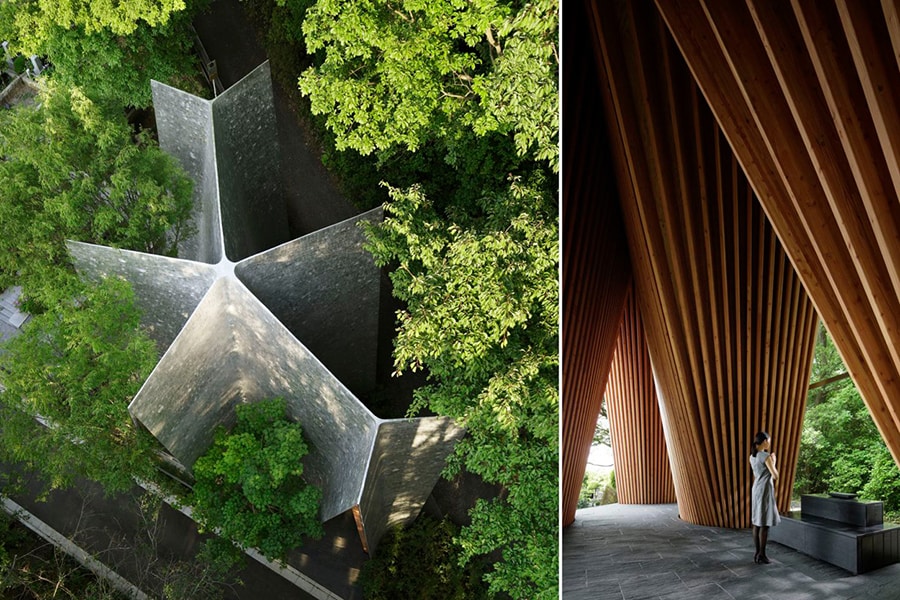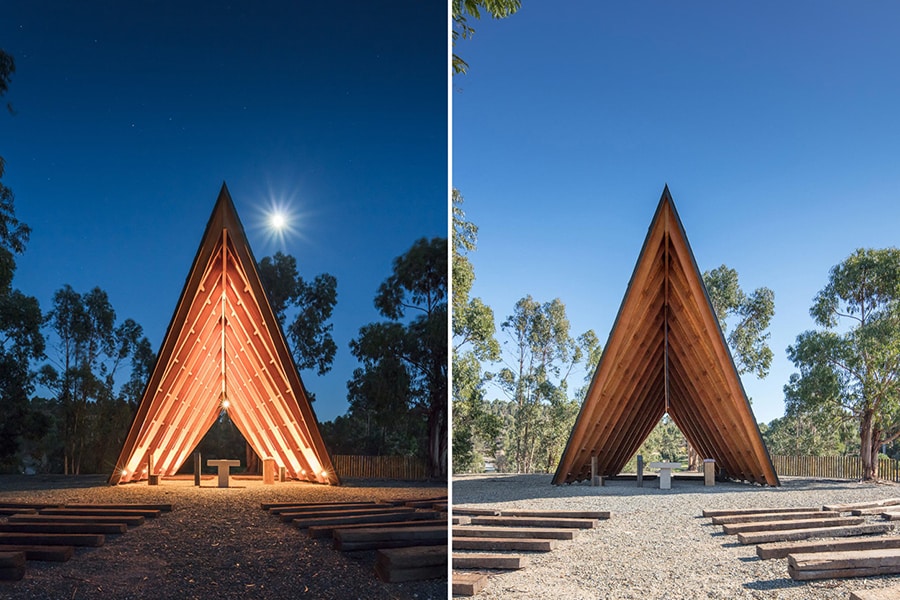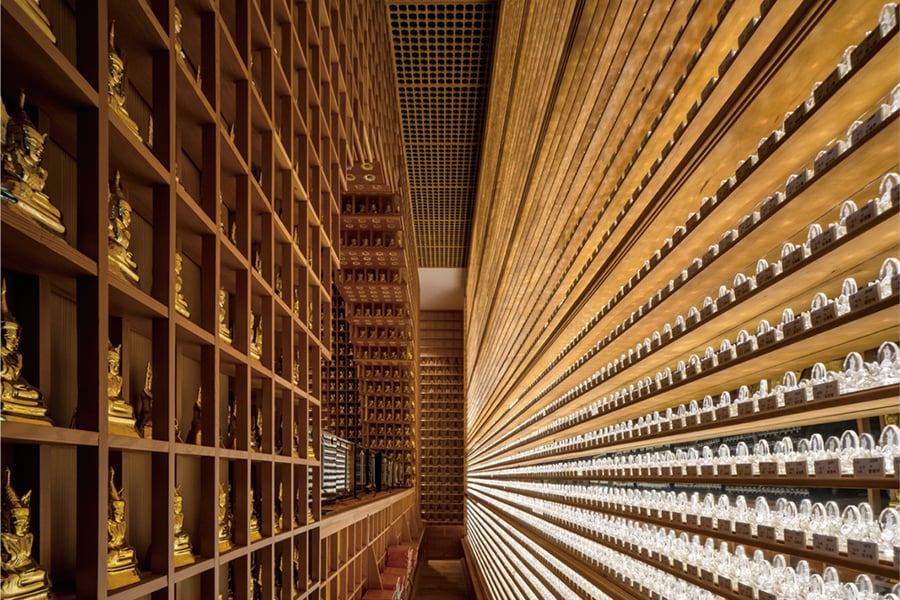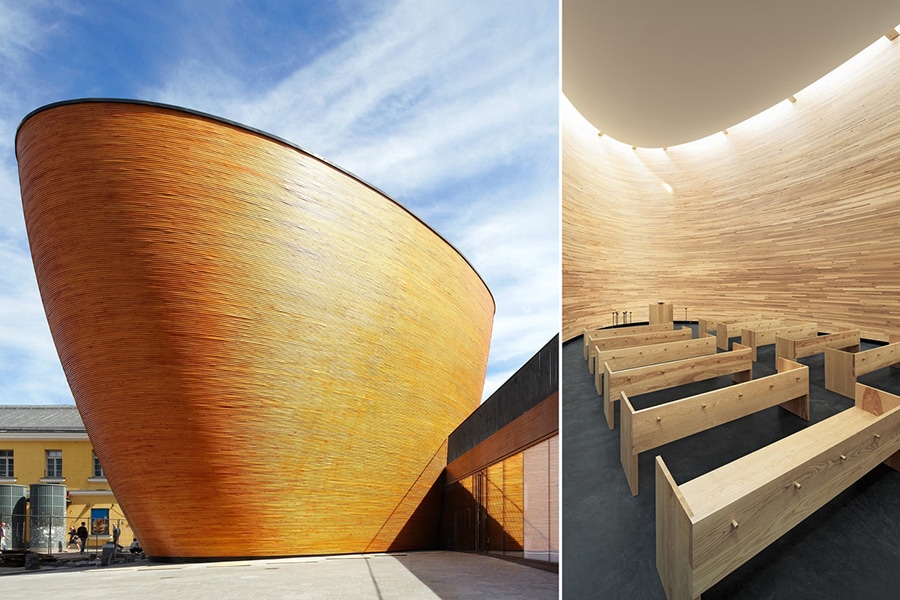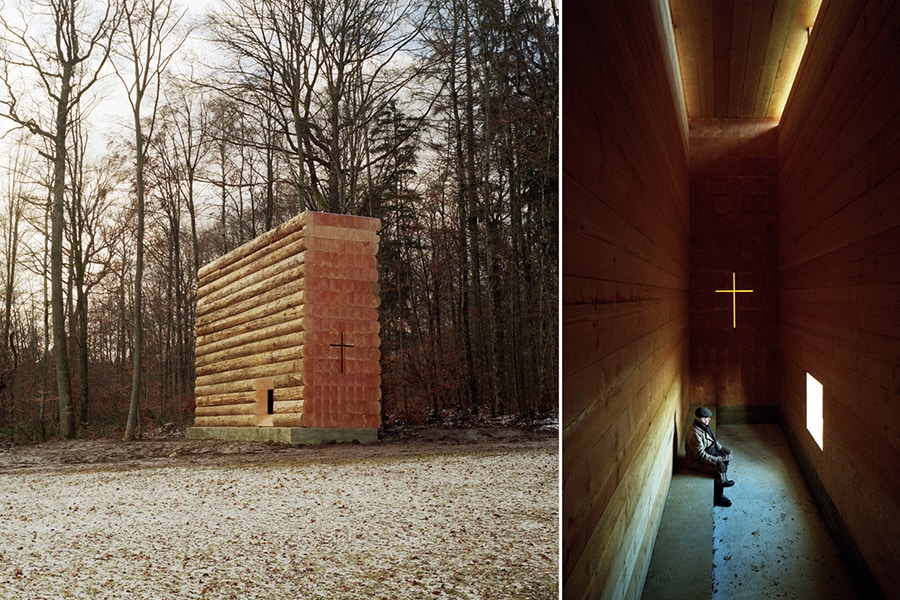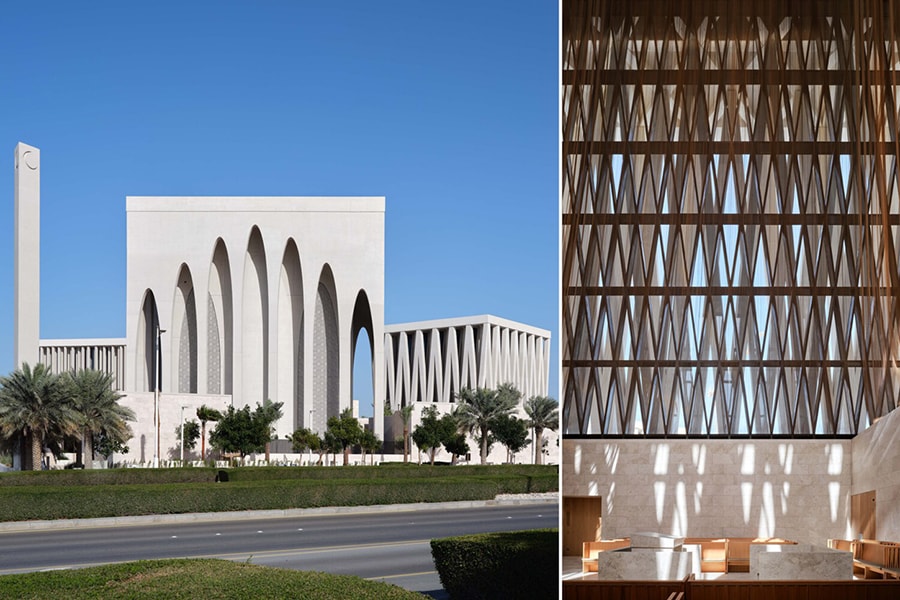
Vision of Transcendence: Recent sacred architecture from around the world
Religion may be steeped in tradition as a testament to human civilisation, however, that hasn't stopped ingenious architects from challenging it and conjuring up a vibrant, modern rendition of it in a religious structure. After all, an architect's purpose, as much as a devout's, is transcendence. It isn't surprising, therefore, that many of these structures now welcome all people—regardless of belief—in solemn spaces designed for contemplation and conversation. Here is a darshan of some recently built spaces for a moment of reflection
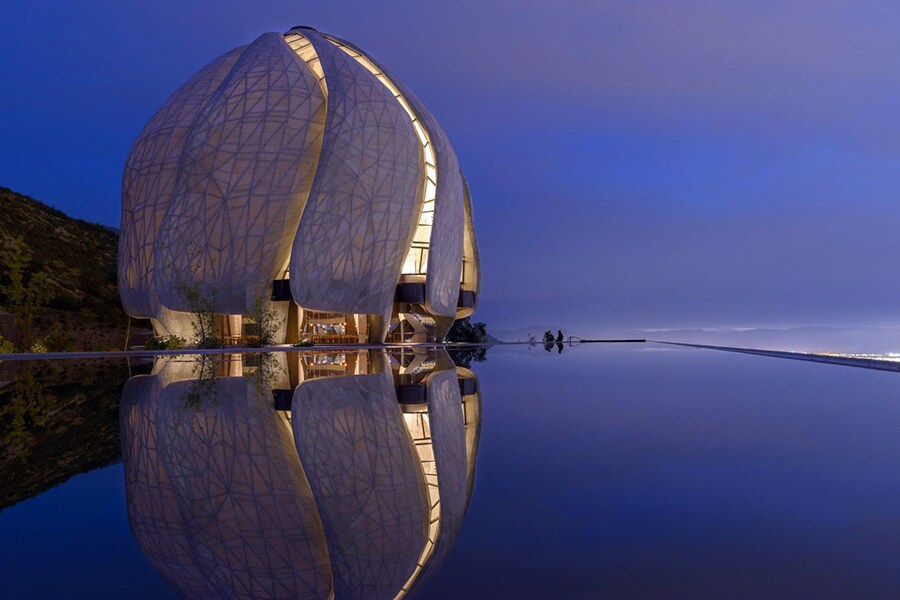 Image: Courtesy Hariri Pontarini Architects
Image: Courtesy Hariri Pontarini Architects
Bahá'í Temple of South America, Santiago, Chile, by Hariri Pontarini Architects, 2016
Set around a rolling landscape of native grasses, the domed, luminous structure of the flower-shaped temple has nine glass veils that frame an open and accessible worship space. Appearing as if floating above the ground, this sanctuary unfolds to accommodate people of all faiths seeking a quiet space for contemplation.
Parish Church of Santa Monica, Madrid, Spain, by Vicens + Ramos, 2009
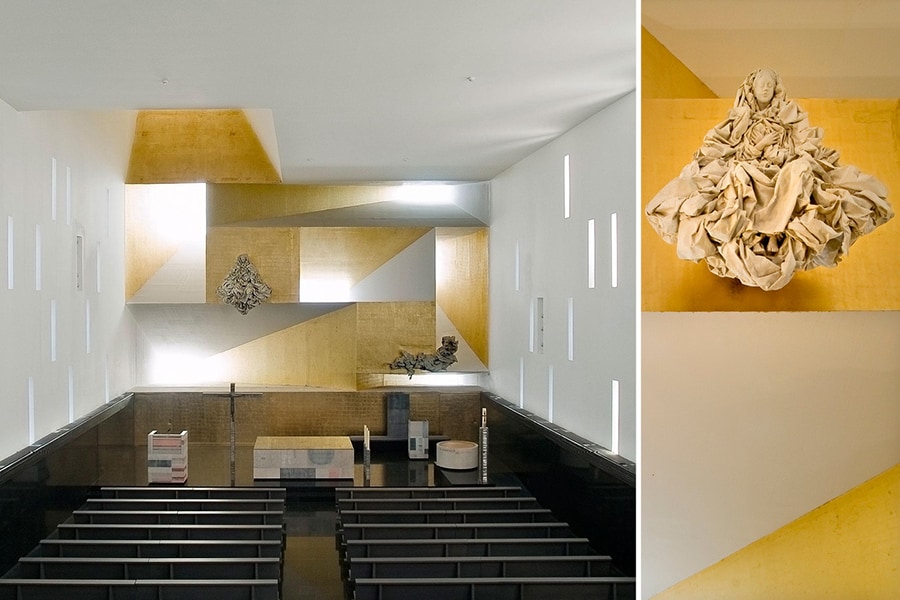 Image: Courtesy Pablo Vicens / Estudio Vicens + Ramos
Image: Courtesy Pablo Vicens / Estudio Vicens + Ramos
Rust and steel cladding form the bold exterior of this church in the city of Madrid. It conceals a delightful altar space, unfolding unique sculptures and liturgical furnishings by contemporary artists.
Sancaklar Mosque, büyükçekmece, Turkey, by Emre Arolat architects, 2012
 Image:
Courtesy Thomas Mayer / Emre Arolat architecture
Image:
Courtesy Thomas Mayer / Emre Arolat architecture
Set in a landscape separated from suburban gated communities, this privately funded, mosque is radically reimagined with a restrained palette of natural materials and light to induce a quick temporal detachment from engagements and arrive at an inner world. For the first time in mosque architecture, the design allows women to pray in the same row as men. A reflective black wall of infinity spells out the 'waw' and a verse from the Quran.
